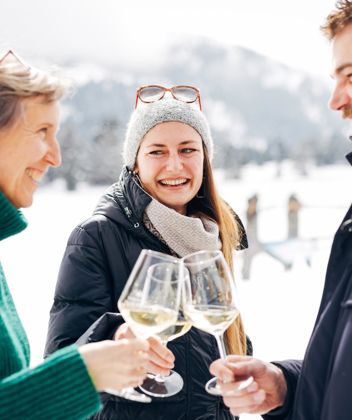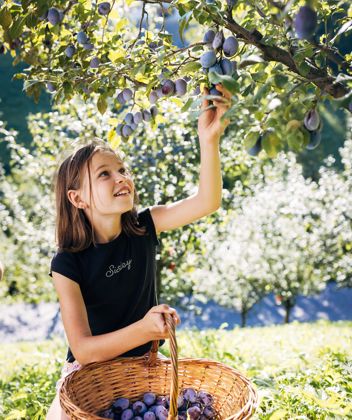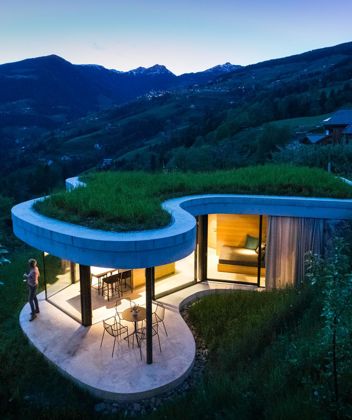The secret of the state room
The magic number 7
Woodworkers spent seven years, seven months and seven days handcrafting the seven types of wood found in the magnificent state room at Velthurns Castle. This at least is the legend which has been handed down over the centuries. The magic number seven, over and over! But is the story really true? What we do know for certain is that the state room was first occupied by Prince-Bishop Johann Thomas von Spaur in autumn 1584. He arranged to have the room ornately decorated with intarsia inlays by Meran/Merano-based master craftsman Hans Spineider, who most likely learnt this handicraft whilst working as a journeyman in Augsburg. At that time, the city was regarded as an important centre for intarsia, and in the 1530s, a machine was even invented there to assist with the cutting of exceptionally fine inlays. The inventor kept his innovation a secret, however, and the mechanics behind it remain shrouded in mystery to this day.


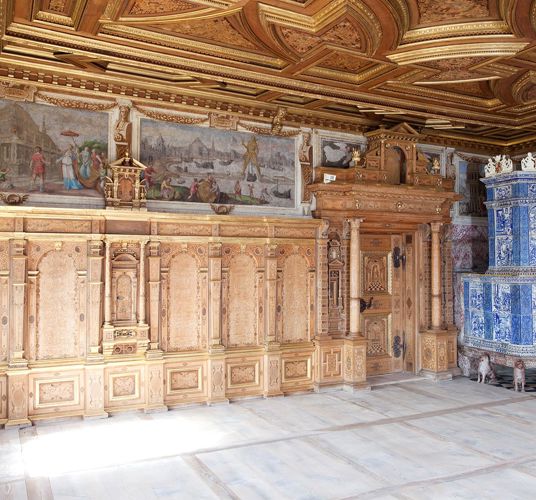
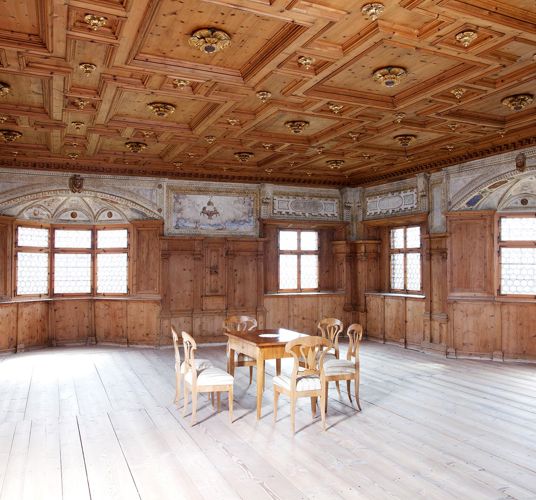
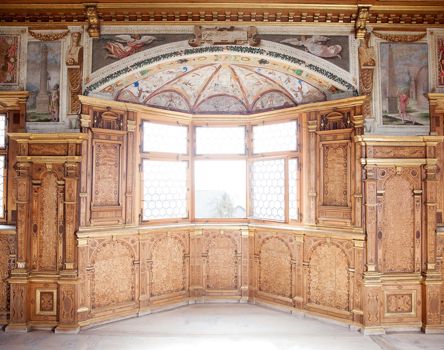
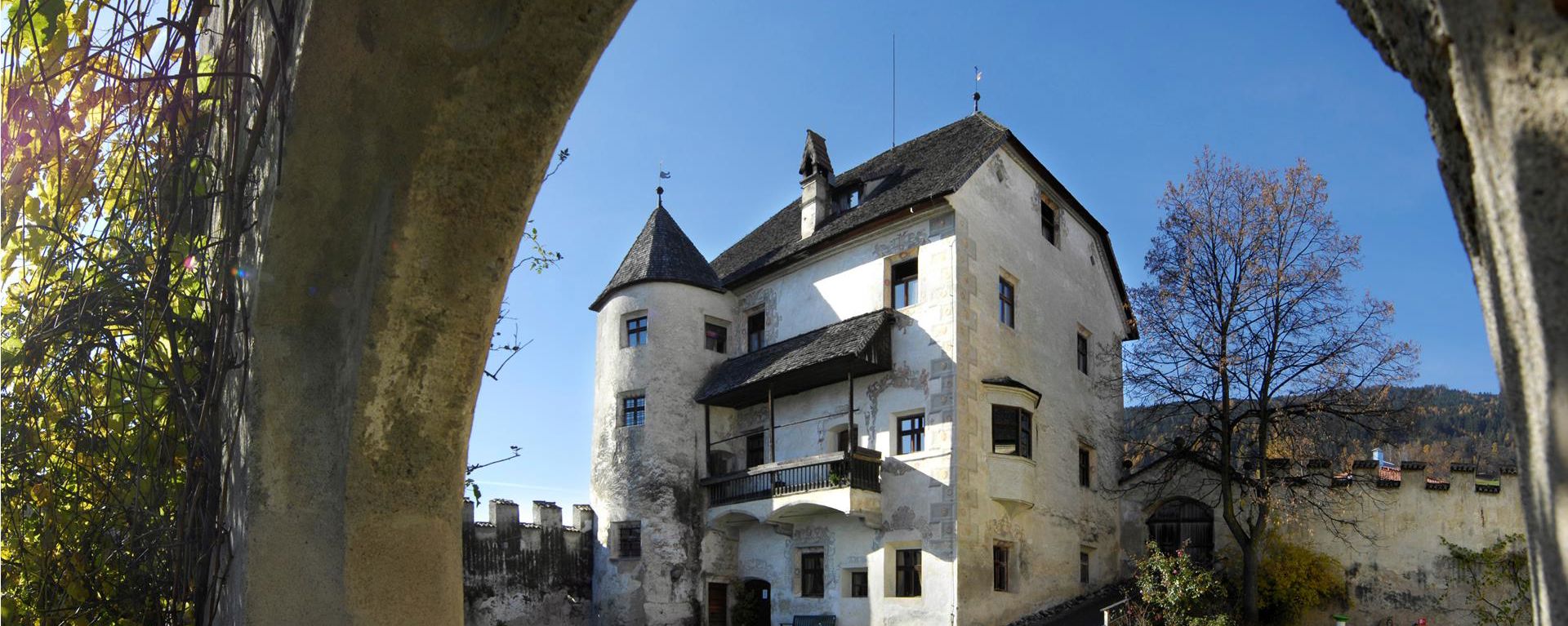
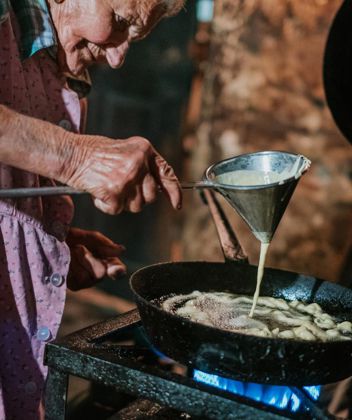
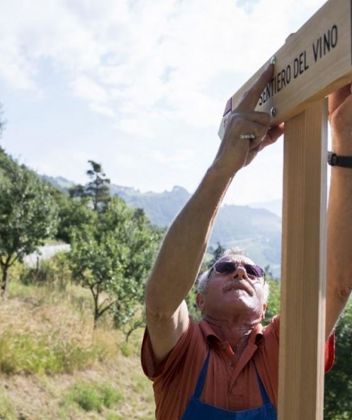
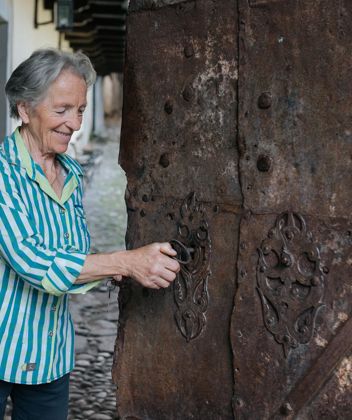
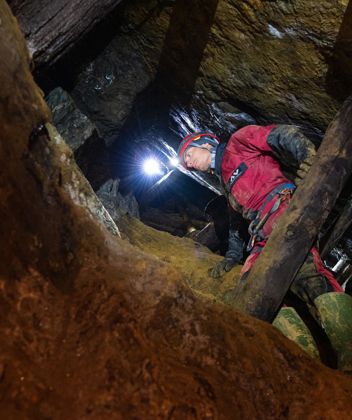
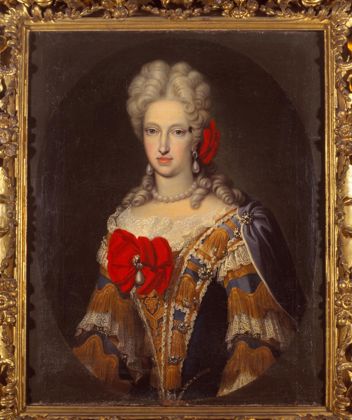
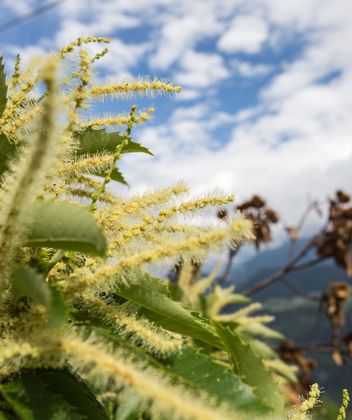

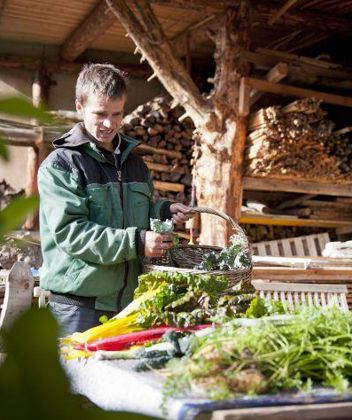
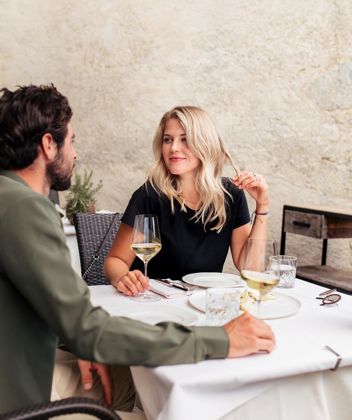
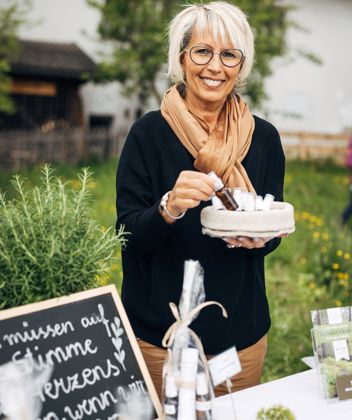
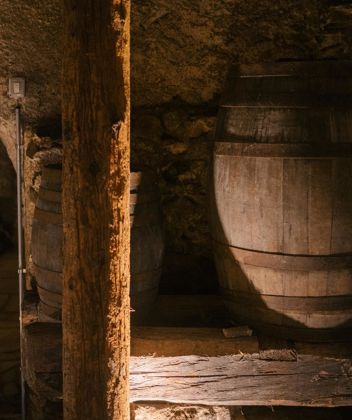
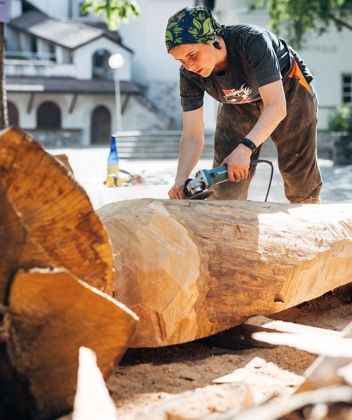
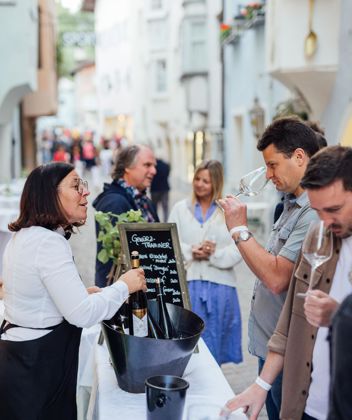

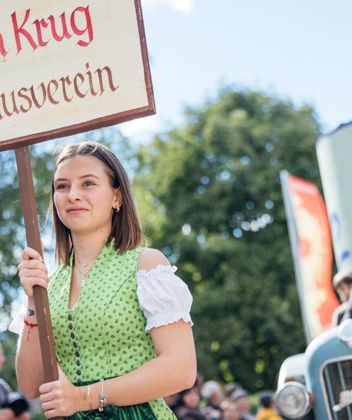
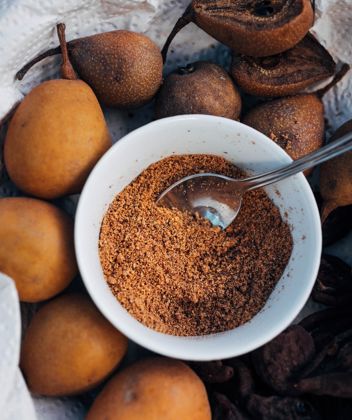
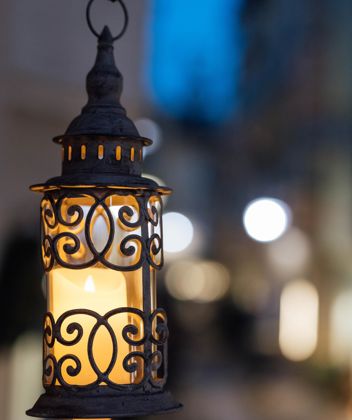
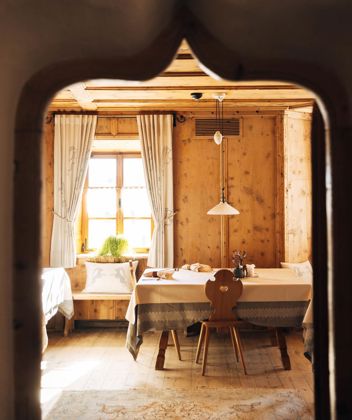
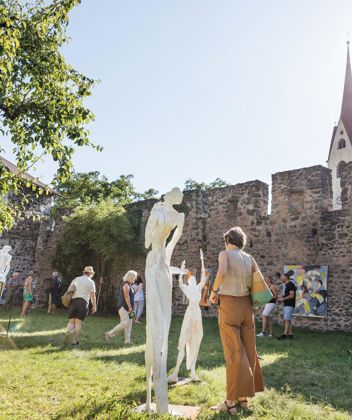_Thomas_Rötting.jpg)
